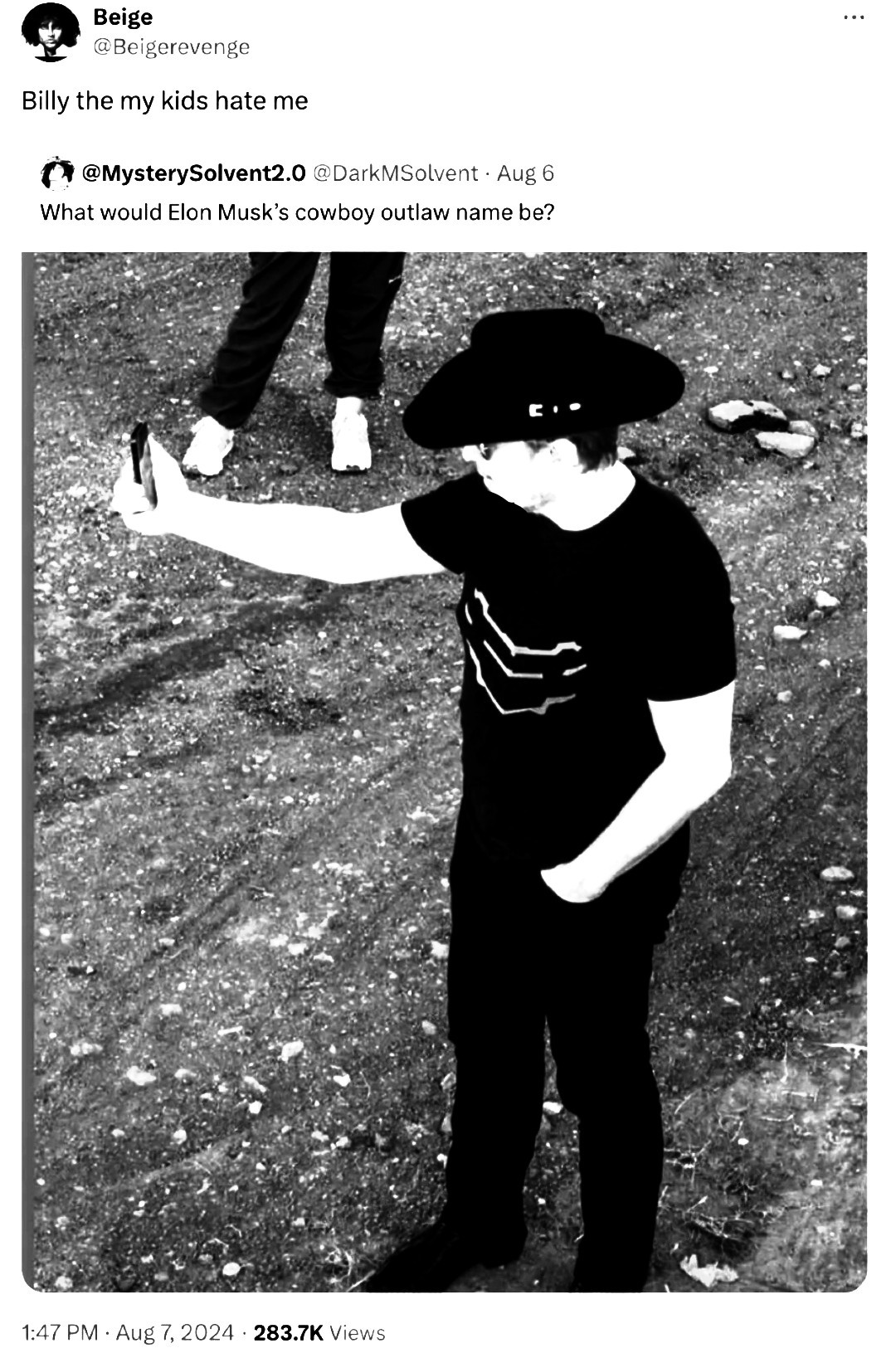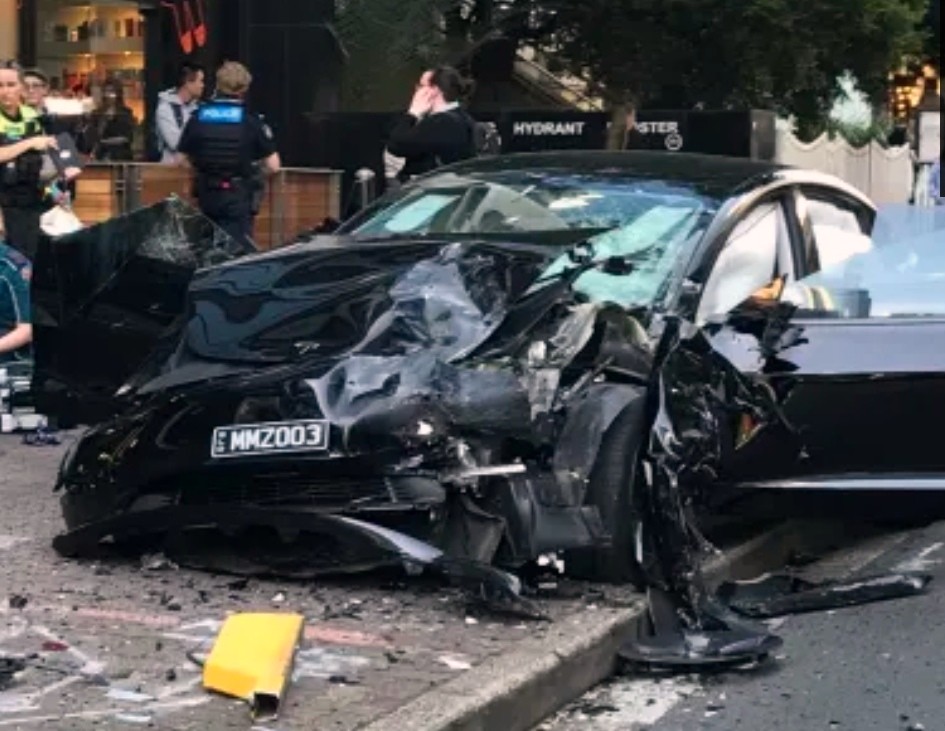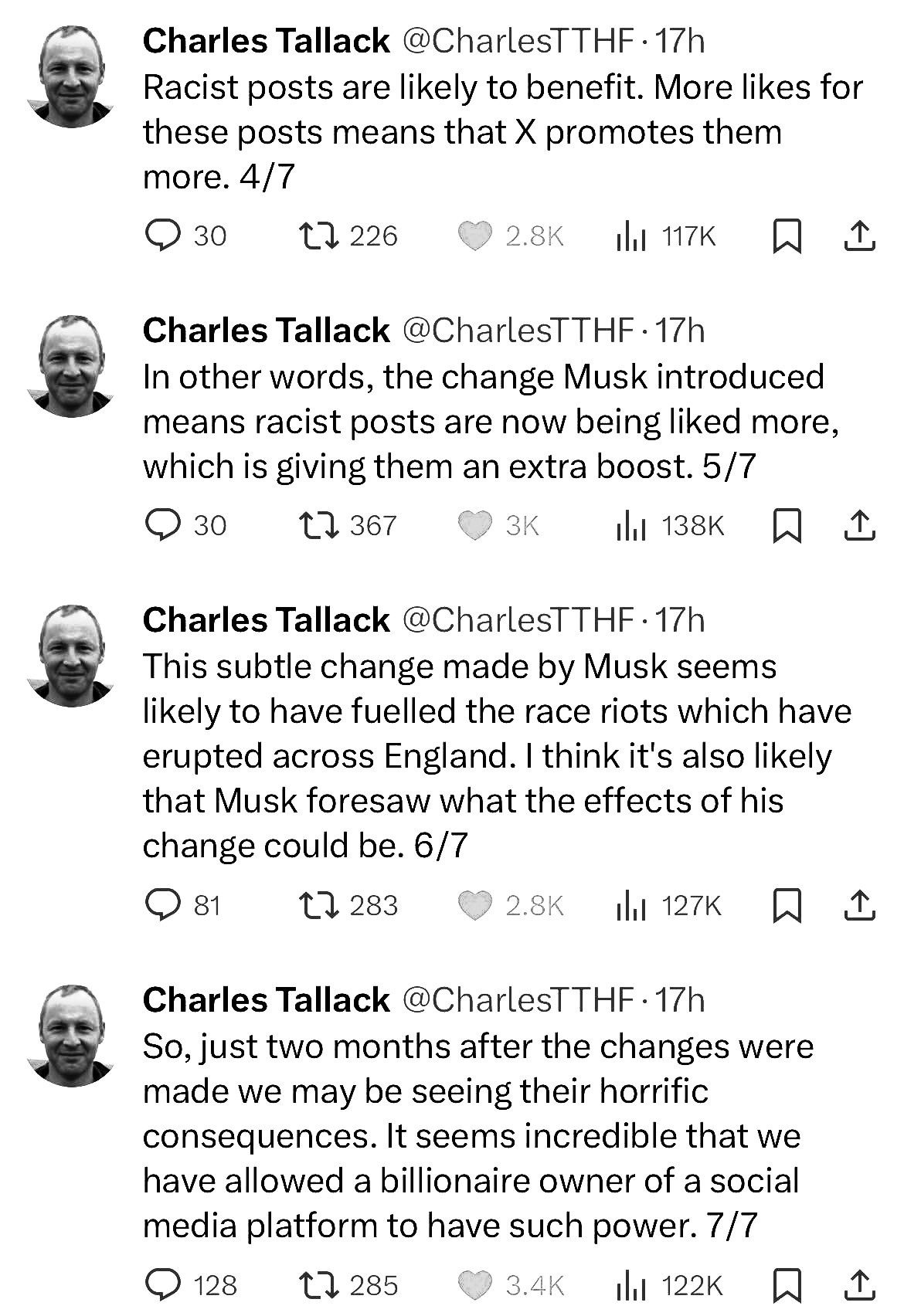A lawsuit filed by the family of a worker killed by Tesla has published some preliminary findings.
Attorneys for the Gomez family claim that he was working as part of contruction at a Tesla facility called Gigafactory Texas. There, while inspecting electric panels prior to activation, Gomez was fatally electrocuted by an already energized panel.
Journalists rightly point out the Texas factory has been regularly failing to protect staff from harms, causing multiple workplace tragedies.
The father-of-seven was pronounced dead on arrival at Dell Seton Medical Center at The University of Texas in Austin on the same day, soon after the tragic incident. While not the first worker death at the facility, Gomez’s electrocution comes after DailyMail.com revealed how a Tesla engineer was attacked by a robot during a brutal and bloody malfunction at the Giga Texas factory in a separate safety failure onsite.
OSHA is investigating. The U.S. safety regulator has always ranked Tesla as the most poorly run car maker, given a long history of predictable and avoidable safety failures (including a racist environment), so it’s unclear why this brand is even still allowed to operate.

Anyone headed to work at a Tesla factory, especially in Texas, must ask themselves is today their day to die? Are they ready for Elon Musk to carelessly throw their life away and leave their children without a parent?
The construction of Tesla’s Texas factory was marred with injuries, safety complaints, and even death. Now that construction has ceased, however, and the plant is fully operational, it should be well and truly safe for the workers it employs. Right? Right?
Not so, according to a new report from the Information. In fact, it sounds like things may have only gotten worse for Tesla workers down in Austin, who supposedly stand a one-in-21 risk of injury on the job.
That was 2023. The risk is perhaps even higher as time goes on, given the Texas government prevents protection of certain human lives.
Texas, the only state without universal workers’ comp, leads the nation in workplace injuries and deaths. It’s Latino workers on unregulated construction sites who fare the worst.
Or, to be even more clear, here’s what The Onion said in 2021 about a certain racist South African moving factories to Texas:





